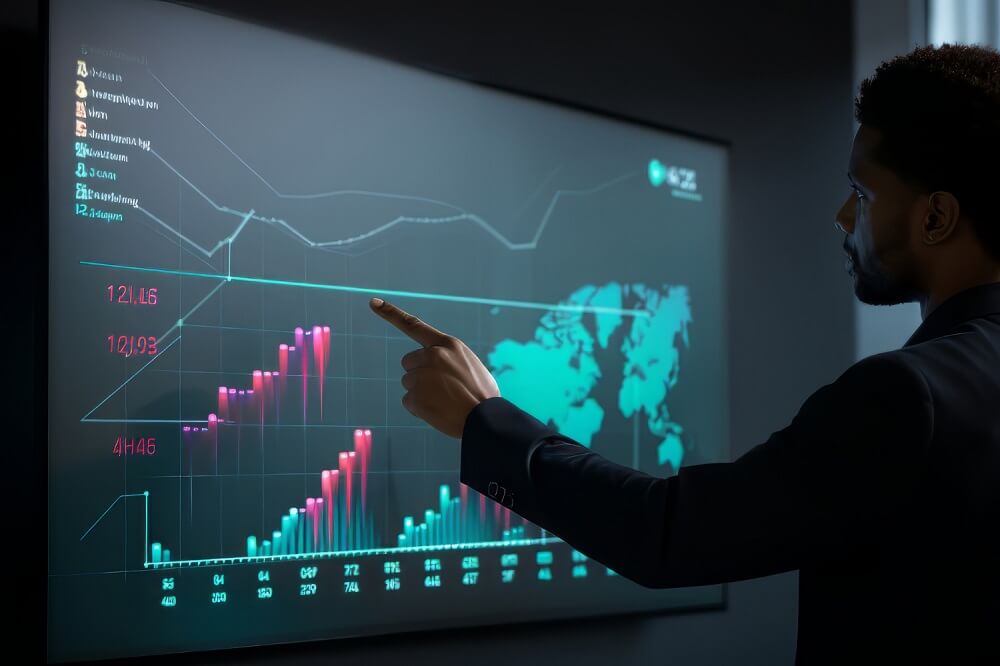


Let’s dive deep into what demand forecasting really means and how it shapes smart business decisions.
Understanding how much of a product your customers will want tomorrow is like trying to predict the weather—you might not always get it right, but with the right tools, you can get pretty close. That’s where demand forecasting steps in. It’s the compass businesses use to plan their next move. Whether you’re running a local bakery or managing a global supply chain, demand forecasting helps you stay ahead of customer needs and market trends.
At its core, demand forecasting is the process of estimating future customer demand for a product or service. It’s like looking into a crystal ball—but instead of magic, it uses data, trends, and analytical tools. Businesses collect historical sales data, market conditions, and consumer behavior patterns to make educated guesses about what’s coming next.
Without demand forecasting, companies are essentially flying blind. They might overproduce and waste resources, or underproduce and miss sales opportunities. It’s a balancing act, and forecasting helps maintain that balance. Accurate demand forecasting keeps inventory levels optimized, helps manage cash flow, and ensures customers get what they want when they want it.
There are different flavors of demand forecasting, and choosing the right one depends on your business goals. Passive forecasting uses past data without making adjustments for changes—it’s straightforward and works best in stable environments.
On the other hand, active forecasting takes into account marketing plans, economic shifts, and product changes. It’s more adaptable and fits fast-moving industries like tech or fashion. Both approaches are still rooted in the core idea of predicting future demand, but their complexity varies.
Short-term demand forecasting usually covers a few weeks to a few months and helps with immediate decisions like stock replenishment. Long-term forecasting stretches over a year or more and supports strategic planning, like opening a new store or launching a product line.
Sometimes numbers aren’t enough, especially for new businesses or products with no historical data. That’s where qualitative methods step in. These rely on expert opinions, market research, and even customer surveys to paint a picture of future demand. Techniques like the Delphi method bring experts together to make educated forecasts.
When you’ve got the numbers, let them work for you. Quantitative forecasting uses statistical tools like time series analysis, regression models, and moving averages. These methods analyze historical data to identify patterns and trends that can predict what comes next.
One of the biggest perks of demand forecasting is efficiency. When you can predict demand accurately, you only produce what’s needed. That means fewer unsold goods sitting in warehouses and less money tied up in unused stock.
Ever seen a company launch a big sale only to run out of stock halfway through? That’s a classic case of poor demand forecasting. When done right, it aligns production schedules with expected sales, so customers aren’t left waiting and businesses don’t miss out on revenue.
Even the best demand forecasting tools can struggle if the data fed into them is flawed. Garbage in, garbage out, right? Inaccurate sales records, poor customer feedback, or inconsistent market data can all throw forecasts off track.
Also, markets are never static. Consumer preferences shift, new competitors emerge, and global events shake things up. Navigating these uncertainties is one of the biggest challenges in demand forecasting.
Some things just can’t be predicted. Think pandemics, sudden supply chain disruptions, or weather anomalies. These events can throw a wrench in even the most carefully crafted demand forecasting models.
Then there’s seasonality—demand naturally goes up or down at certain times of the year. Forecasting models need to be smart enough to account for these cycles or risk over/underestimating demand.
So, what is meant by demand forecasting? It’s more than just educated guessing—it’s a strategic tool that powers smart decision-making across every corner of a business. Whether you’re managing a warehouse, running a retail store, or planning a product launch, demand forecasting helps you prepare for what’s next.
By using the right methods, understanding the market, and staying flexible to change, businesses can thrive even in uncertain times. Demand forecasting might not have all the answers, but it sure gives you a strong head start.
